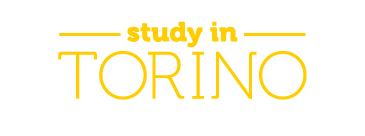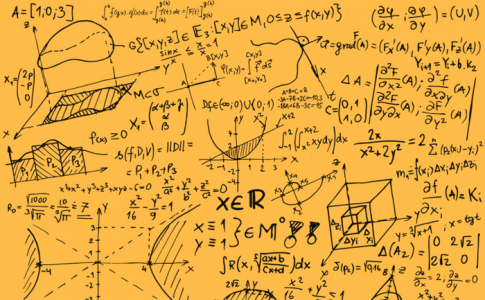Researchers from the Math Department G:Peano (Dipartimento di Matematica G. Peano) of the University of Turin have developed the first system that allows the automated creation of pdf texts with mathematical formulae which can be read by blinds or people with visual impairment. The research team is leaded by professor Anna Capietto, who teaches mathematical Analysis and who is the contact person responsible for disabilities of the Department.
This “Made in Unito” invention will be presented next July in Austria, on occasion of the most important event about the subject (International Conference on Computers Helping People with Special Needs – ICCHP), as it is an important breakthrough regarding the access to texts containing formulae. In fact, currently the digital material made available by screen readers and Braille displays is almost non-exhistent. This limitation prevents people with visual impairments from attending scientific studies or choosing some careers.
In the context of LaTex, the most common Markup language, used for the preparation of scientific texts, researchers succeeded in realising an additional package which enables the creation of pdf documents with an accessible mathematical content. By adding a simple line of code to their work, be it didactic, professional or educational, authors of texts containing formulae (even without specific knowledge of assistive technology) can make their work accessible.
Within 2018, the first accessible texts of Mathematical Analysis 1, Linear algebra and Analytic Geometry will be made available for people with visual impairment. Moreover, it expected to improve the accessibility of the entrance texts at University and of the mathematical software Maple and MatLab. The project, which has been carried out since 2012 by 12 people (among them, researchers and research techs of the University, professors of secondary school and professionals from private companies), has been made possible thanks to the contribution of 7 voluntary collaborators with visual impairment, who operate as indispensable experimenters.

